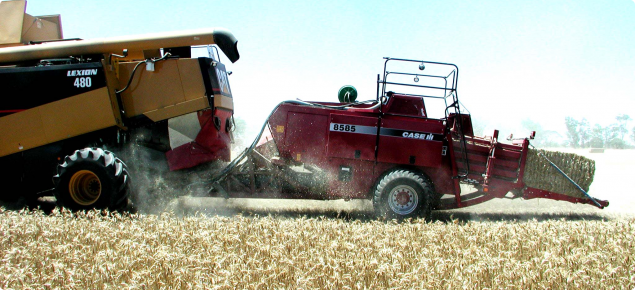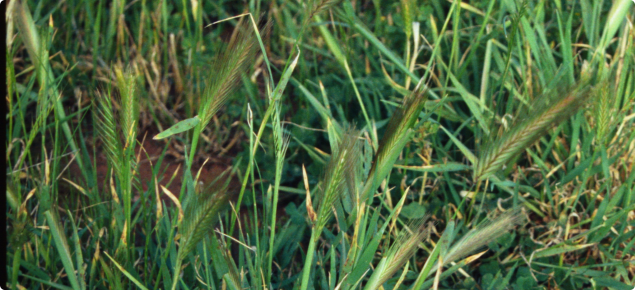Introduction
Weed seed removal can be achieved in two ways:
- Harvesting provides an excellent opportunity to remove weed seeds from the system and prevent them from being spread across the paddock or farm. Collecting seed at harvest has the potential to be a useful component of an integrated weed management program.
- Grazing weed contaminated crop residue can be a cost-effective way of controlling weed growth. Animal digestion of weed seeds prevents a large proportion of seeds from entering the seedbank.
Weed seed collection at harvest will not increase grain yield, as the weeds have already caused damage to the crop. The tactic can only prevent increases to the seedbank, although it may give a subsequent yield advantage to the next season’s crop through reduced weed numbers during the season.
Management of weed seed removal at harvest
Factors affecting weed seed removal
The weed species has a major influence on the proportion of weed seed removed from the paddock when collected at harvest. For example, annual ryegrass is much more available to collect than wild oats, which tend to shed seed before harvest. Successful collection and control depends on the weed:
- Maturing at the same time, or later than, the crop being harvested.
- Having seeds at a similar or greater height compared with the crop being harvested — this may be overcome by setting the header at a height so weed seeds are captured.
- Having seeds that do not shed or shatter before or during harvest.
- Having seeds that can be threshed and are of a size that end up in the chaff component of the harvested crop.
- Timing of harvest will affect the amount of seed removed from the paddock when residue is collected. As harvest is delayed, a greater proportion of the weeds presented will shatter or lodge, reducing the total proportion of seed able to be collected.
Disposal of chaff and seed
A strategy to dispose of chaff dumps or large quantities of baled straw must be implemented. These two products will contain the collected seed and therefore need to be managed appropriately. Chaff dumps are usually burned or fed to livestock, and both options require careful management.



